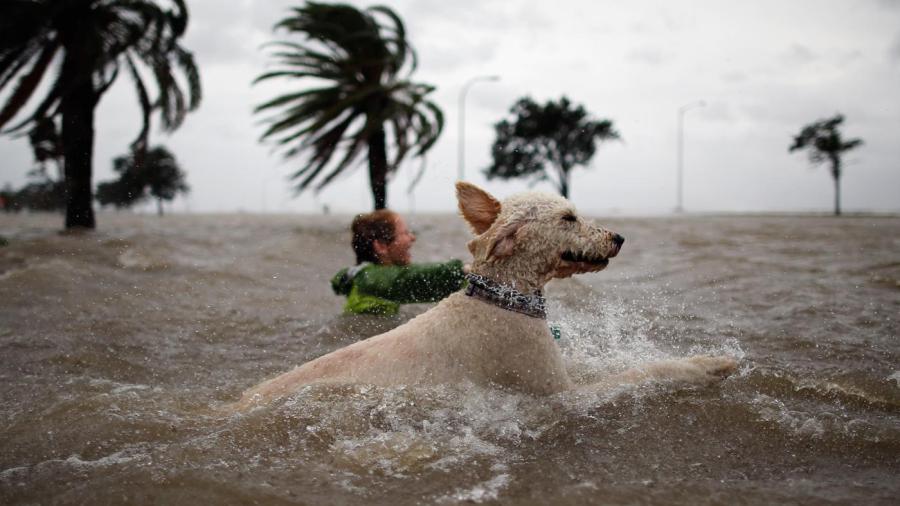How Do Tropical Storms Form?

A tropical storm forms when calm, warm ocean waters warm the air above the surface, creating a convection current. Over time, this current draws moisture and warmth into the upper levels of the atmosphere, creating the rotational engine that drives a tropical storm or hurricane. The longer a storm stays in areas of the ocean with favorable conditions, the stronger it will grow.
When warm humid air rises away from the ocean’s surface, it creates an area of low pressure. Outside air rushes in to fill this low, creating winds blowing into the center of the depression. When the air rises into cooler layers, it forms clouds as the moisture condenses out into the atmosphere. A sharp difference between air temperatures at different layers makes the atmosphere unstable, provoking rain and storms. Over time, the constant flow of air causes these clouds to rotate as they grow in strength, increasing the power of the storm.
A tropical depression becomes a tropical storm when its winds reach 39 miles per hour. If the storm strengthens enough to reach 74 mph winds, it becomes a category 1 hurricane, with higher categories beginning at 96, 111, 131 and 155 mph. A storm may strengthen and weaken several times during its lifespan, transforming from a tropical storm into a hurricane and back depending on its wind speeds.





